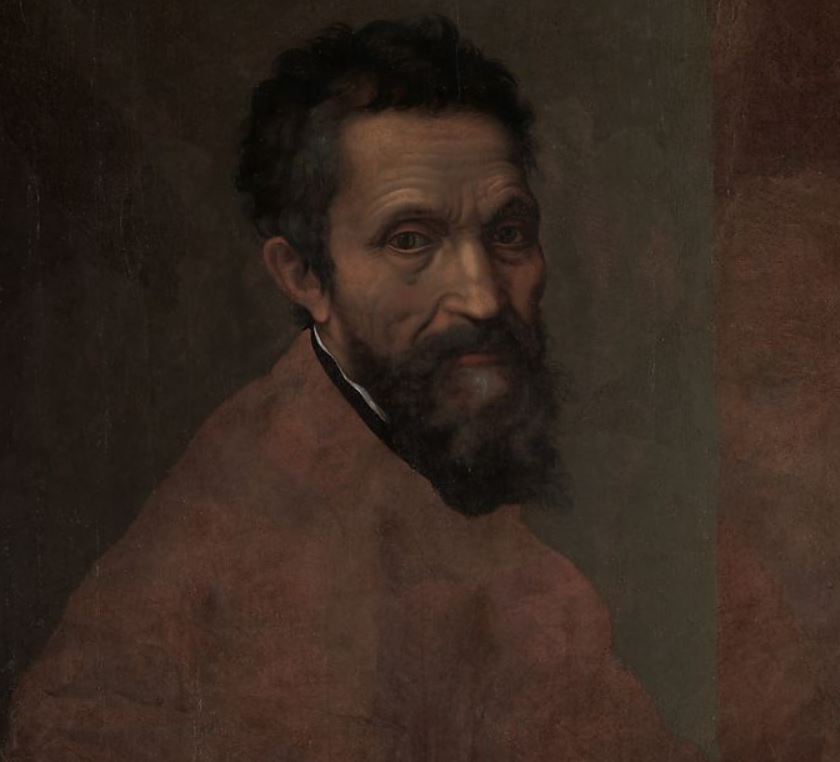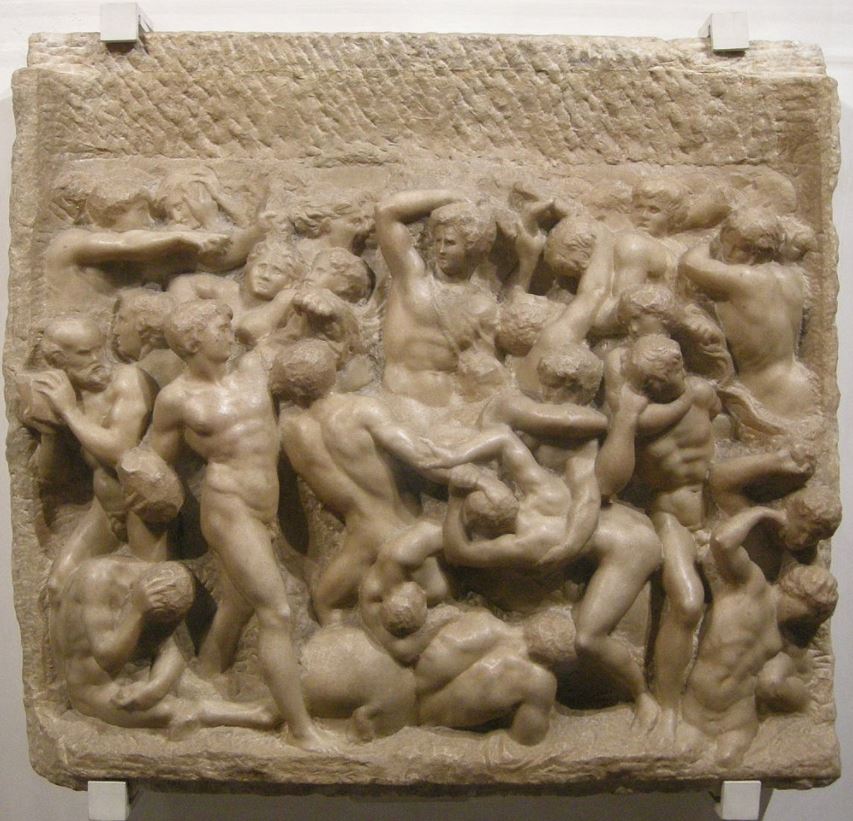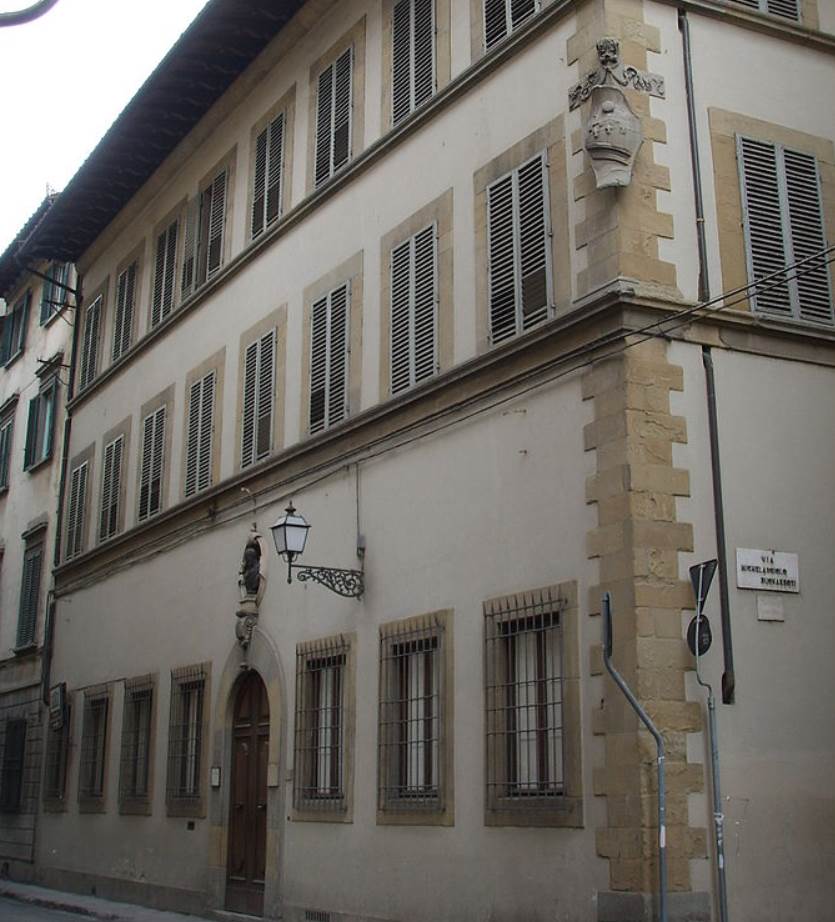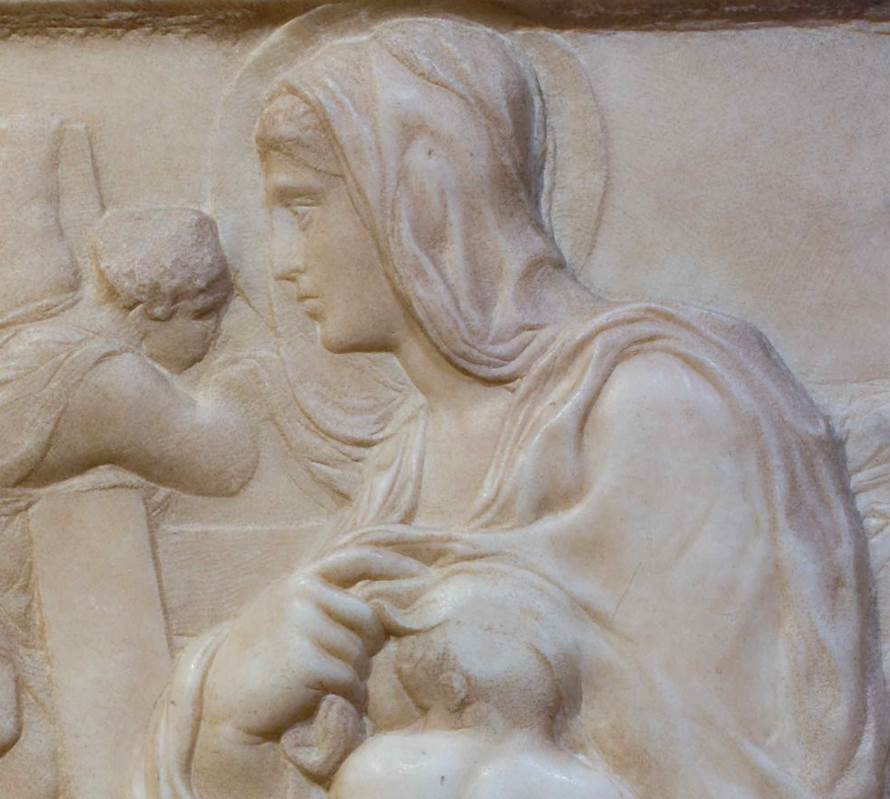Every great artist had to start somewhere, and for Italian polymath Michelangelo, this was during his teens. One of the first sculptures credited to him was a relief carved in marble while he was still studying in Florence.
In this article, we’ll take a closer look at some of the most interesting facts about Madonna of the Stairs, also known as “Madonna of the Steps,” a marble relief with quite a few interesting stories to tell.
1. It was sculpted when Michelangelo was halfway through his teens
Even though Michelangelo was born on March 6, 1475, in the town of Caprese, he grew up in the city of Florence. At the time, this city was the center of art and innovation as it’s considered to be the birthplace of the Renaissance.
With so many renowned Renaissance artists living and working here, the talent of the young Michelangelo didn’t go unnoticed. He became the apprentice of a master painter named Domenico Ghirlandaio at the age of 13.
He eventually ended up studying at the Platonic Academy, an academy run by the Medici family, the de facto ruler of the Republic of Florence at the time.
During his time at this Academy, he sculpted both this work and one he considered to be his greatest achievement during his youth called the “Battle of the Centaurs.”

2. The Madonna takes up the entire space of the relief
The Madonna of the Stairs is a relief that was carved from a block of marble. Even though it initially appears to be monumental in scale, it only has dimensions of 56.7 × 40.1 centimeters (22.3 × 15.8 inches).
The reason that it appears to be much bigger than it really is is that the female figure really dominates the composition. She sits on a square block and takes up the entire length of the relief.
As Mary holds the child, two other children appear on a staircase from which the sculpture got its name.

3. It’s considered to be an ode to another famous Renaissance sculptor
There were plenty of renowned artists working in Florence at the time, and numerous artists had shaped the Renaissance art movement at the time that Michelangelo was coming up.
One of his biggest influences was sculptor Donatello (1386-1466), a man who had left his mark on the city and the world of art. Some of his famous works stood in the niches of the Orsanmichele church in the heart of Florence.
It wasn’t these magnificent sculptures that drew the attention of a young Michelangelo, tough, but a technique developed y Donatello referred to as “stiacciato,” a shallow bas-relief in which small variations in thickness make up the entire composition.
This is one of his works that show the immense influence that Donatello had on his oeuvre, including the other work created at this tie Battle of the Centaurs.

4. The work wasn’t considered to be the artist’s until after his death
Perhaps one of the most remarkable facts about Madonna of the Stairs is that it wasn’t defined as a work of Michelangelo until 4 years after the man passed away in 1564.
Art historian Giorgio Vasari released his acclaimed “Lives of the Most Excellent Painters, Sculptors, and Architects” in 1568 and was the first to link the work to Michelangelo.
5. The work is on public display at a museum in Florence
The work is currently on public display at a very special museum in Florence, and we’re not talking about the Uffizi Galleria or the Pitti Palace.
This museum is called “Casa Buonarroti” and as the name of the venue implies (Buonarroti is the artist’s surname), this was a house that was once owned by Michelangelo himself.
It’s displayed together with his other early work, Battle of the Centaurs, along with a wide variety of books, archives, letters, and drawings by the hand of Michelangelo himself.
All these elements make this museum located at the Via Ghibellina quite a fascinating place to visit in Florence.

More interesting facts about Madonna of the Stairs
6. Even though the date that this relief was completed is stated as 1490-1492, it’s unclear when exactly this happened. The only reference made by Vasari was that it was created during the artist’s “adolescence,” which is quite vague.
Regardless, it’s very likely that it was created around 1490 which means it actually pre-dates Battle of the Centaurs, his other work carved during his studies at the Platonic Academy in Florence.
7. A remarkable element of the composition is the distant and absent gaze of the Madonna as if she doesn’t care about the child she is holding at all.

This has been described by art historians as a prelude to what was to come of her son Jesus Christ, a prophecy of the crucifixion. This makes it impossible to have a loving relationship with the child.
8. The real mastery of the relief, which emphasizes the extreme talent of the artist at a young age, is depicted in the clothing worn by the Madonna.
How the drapery covers the square block on which she is sitting was carved so realistically that it must have baffled even the most renowned artists at the time.

9. Even though there isn’t any other reference to this notion, it appears that the work remained in the possession of Michelangelo for the duration of his life.
At least, until he donated it to Duke Cosimo I of Florence (1519-1574). According to Vasari, this happened only a few years before Michelangelo passing away.
10. Casa Buonarroti was turned into an art gallery in 1612 by the great-nephew of the artist named Michelangelo Buonarroti il Giovane (1568-1646).
He is also known as “Michelangelo Buonarroti the Younger,” mainly because he was an artist in his own right and this distinguished him from his great-uncle.
Vasari mentioned in his biographical work of Michelangelo that Grand Duke Cosimo II (1590-1621) re-donated the work in 1616, mainly as a recognition of the great work done by the artist during his time in Florence. It has been housed in this art gallery ever since.

